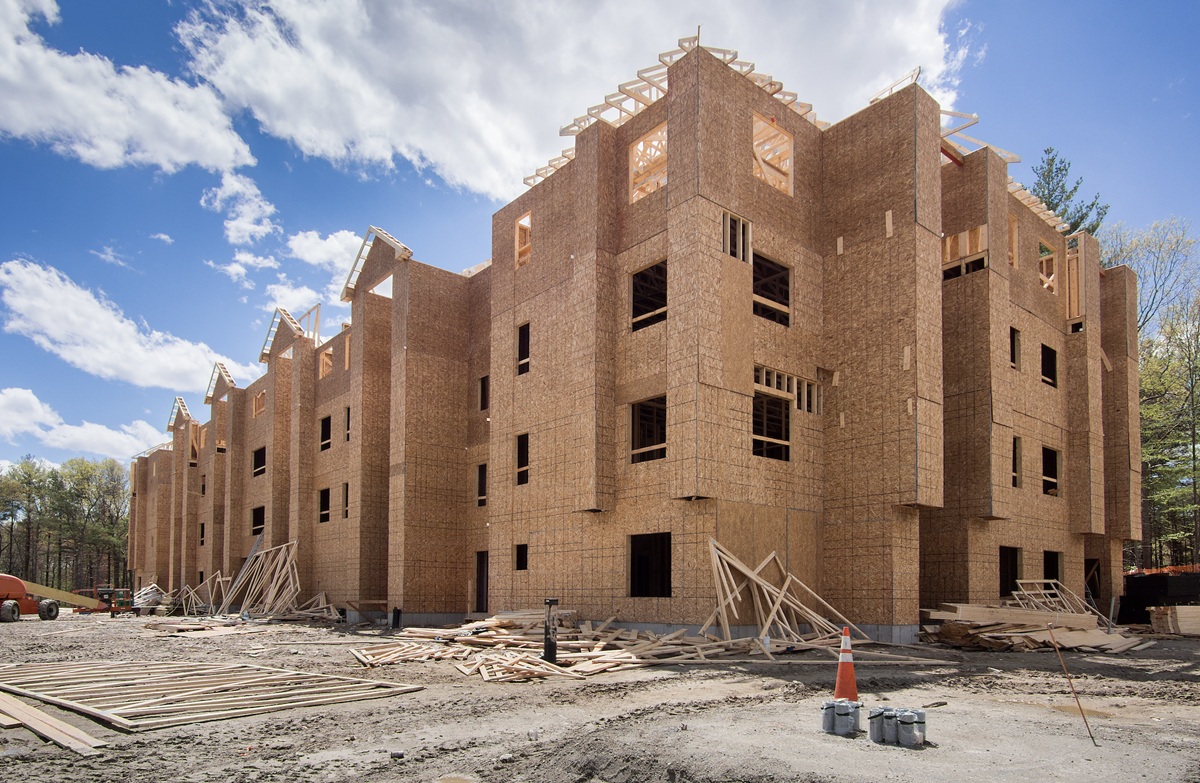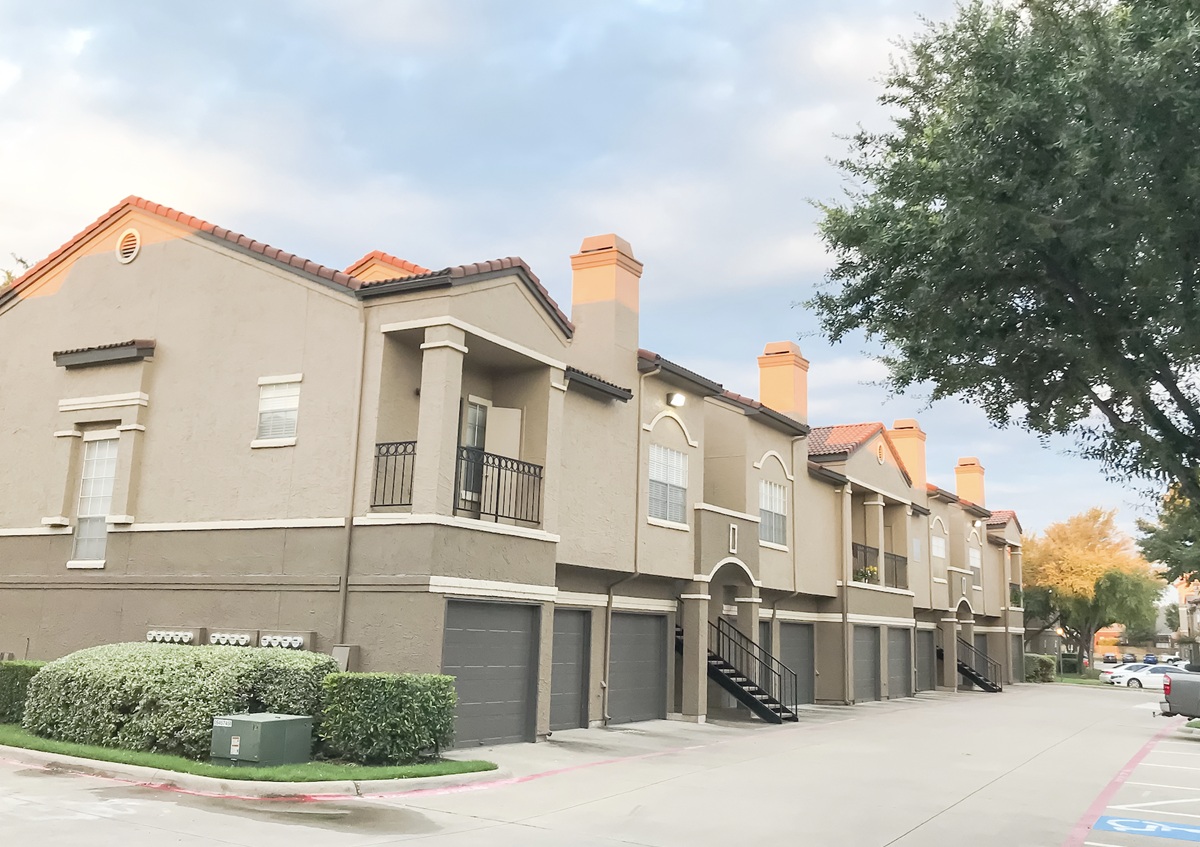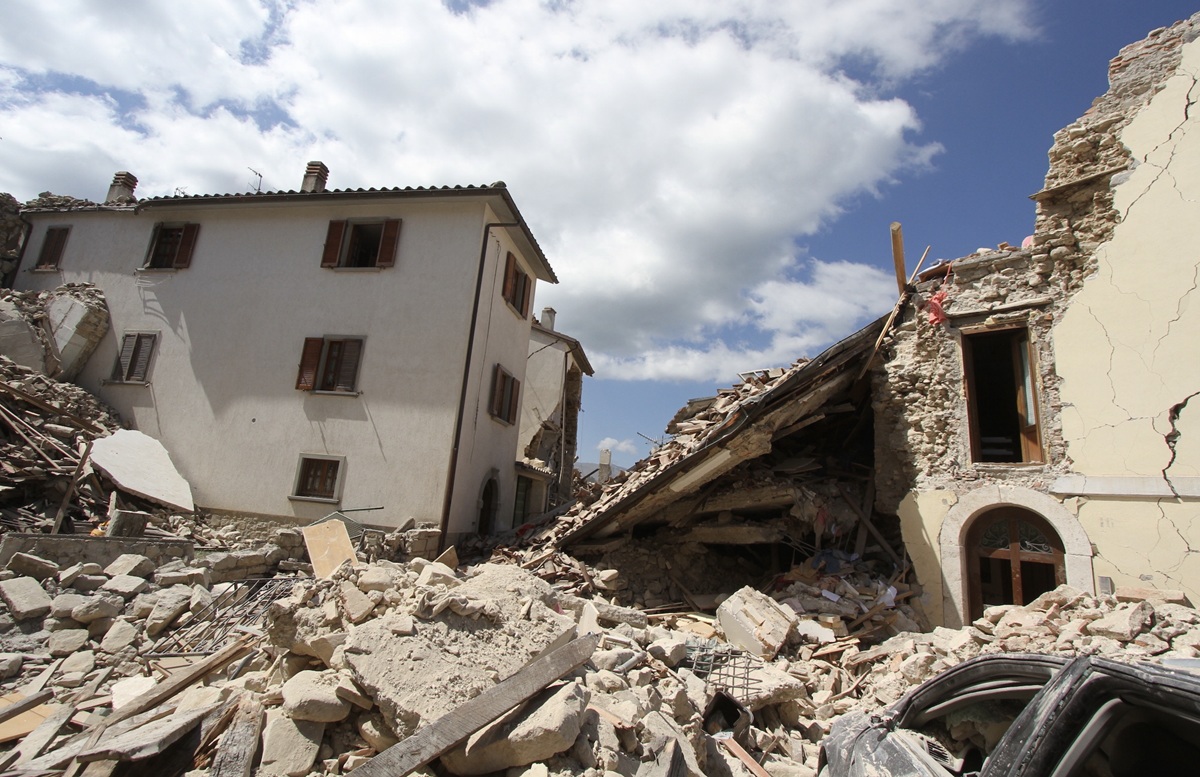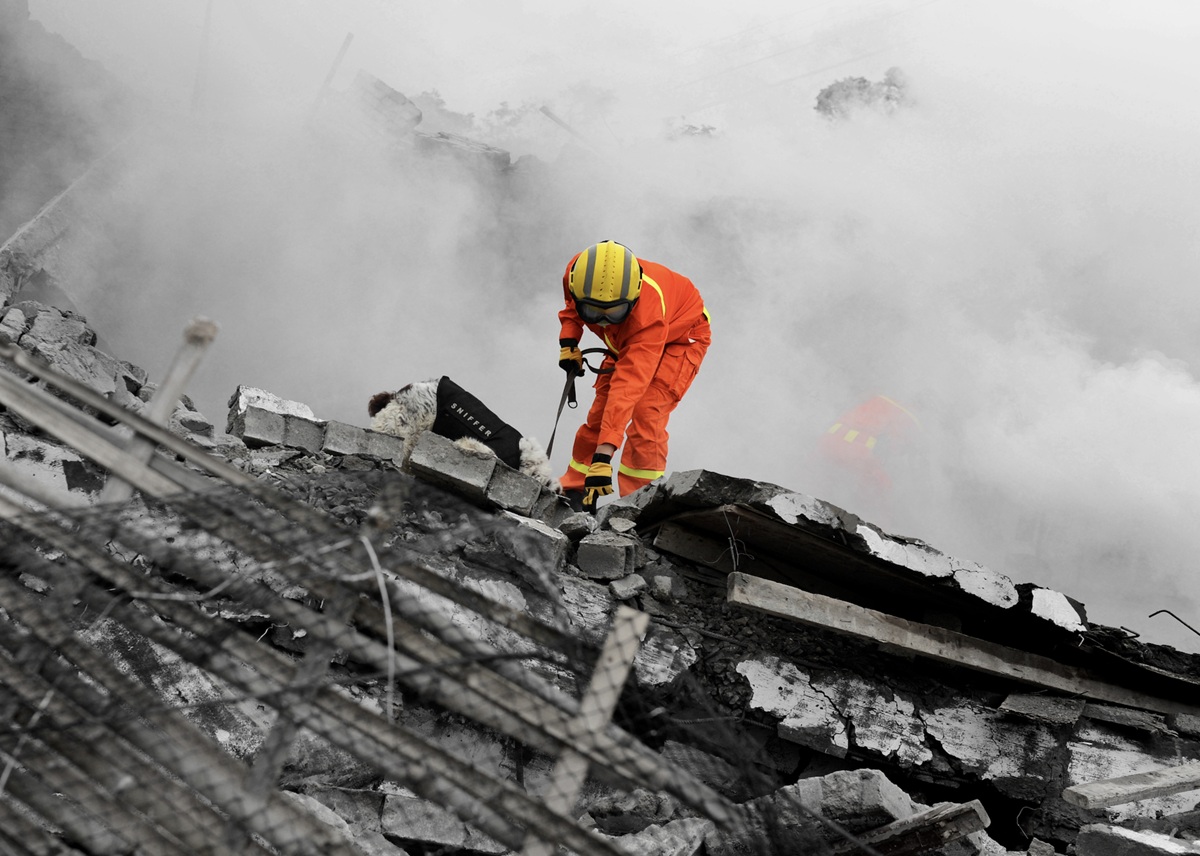The devastating earthquakes that struck Turkey and Syria in 2023 served as a stark reminder of the immense destruction that seismic events can bring. With over 50,000 lives lost, these disasters left many Californians wondering: Could a similar catastrophe strike closer to home?
Experts provide a clear answer: Yes, it’s not a matter of if, but when. California is home to earthquake faults comparable in size and behavior to those responsible for the Turkey-Syria quakes. While our state benefits from stricter building codes and inspections, the risks remain significant. Awareness and preparedness are key, especially when it comes to protecting our homes, businesses, and communities.
Test Your Earthquake Knowledge
How much do you really know about earthquake risks? Take this brief quiz to find out:
- What is the most dangerous region in the United States for projected earthquake-related losses?
- A) Seattle
- B) Charleston, S.C.
- C) Los Angeles
- D) San Diego
- What are the odds of a major earthquake striking California in the next 30 years?
- A) 7% chance of a quake equal to or larger than the 1994 Northridge earthquake
- B) 59% chance of a magnitude 6.7 quake on the southern San Andreas fault
- C) 46% likelihood of a magnitude 7 hitting Los Angeles
- D) 31% chance of a magnitude 7.5 earthquake impacting Southern California
- In a magnitude 7.8 earthquake, how many buildings in Southern California would sustain damage, according to the USGS?
- A) 1 in 8
- B) 1 in 16
- C) 1 in 350
- D) 1 in 1,500
- What is the biggest earthquake risk factor for soft-story apartments and commercial buildings?
- A) Number of stories
- B) Proximity to a fault line
- C) Year of construction
- D) Soil composition
- Soil conditions play a significant role in earthquake hazards. Which type presents the highest risk?
- A) Solid bedrock
- B) Sandstone
- C) Alluvial soils
- D) Mud
Quiz Answers & Key Takeaways
- C) Los Angeles. According to FEMA, California is home to some of the most at-risk regions for earthquake losses, including Los Angeles, San Francisco, Riverside, and San Diego. Other high-risk cities include Seattle and Charleston, S.C.
- All of the above. The U.S. Geological Survey (USGS) estimates a 99.7% chance of one or more magnitude 6.7 or larger earthquakes occurring in California within the next 30 years. The southern San Andreas fault has a 59% likelihood of producing such an event, and there is a 37% probability of a magnitude 7.5+ quake hitting Southern California.
- B) 1 in 16 buildings. The USGS’s ShakeOut scenario estimates that a magnitude 7.8 earthquake in Southern California could cause significant damage to approximately 300,000 buildings.
- C) Year of construction. The 1994 Northridge earthquake exposed dangerous structural weaknesses in soft-story buildings constructed before 1978, making older buildings particularly vulnerable. Retrofitting these structures is essential to reducing risks.
- C) Alluvial soils. The USGS ranks solid bedrock as the most stable foundation, while alluvial soils and artificial fill pose the highest risks for severe ground shaking.
Take Action Now
Apartment owners and commercial property managers in California should carefully assess their earthquake risks and take steps to reinforce their buildings. Retrofitting soft-story structures can make a significant difference in protecting lives and investments when the next big quake strikes.
For expert guidance and a complimentary consultation, contact Optimum Seismic at 833-978-7664. Don’t wait until it’s too late—prepare now and build a more resilient future.







